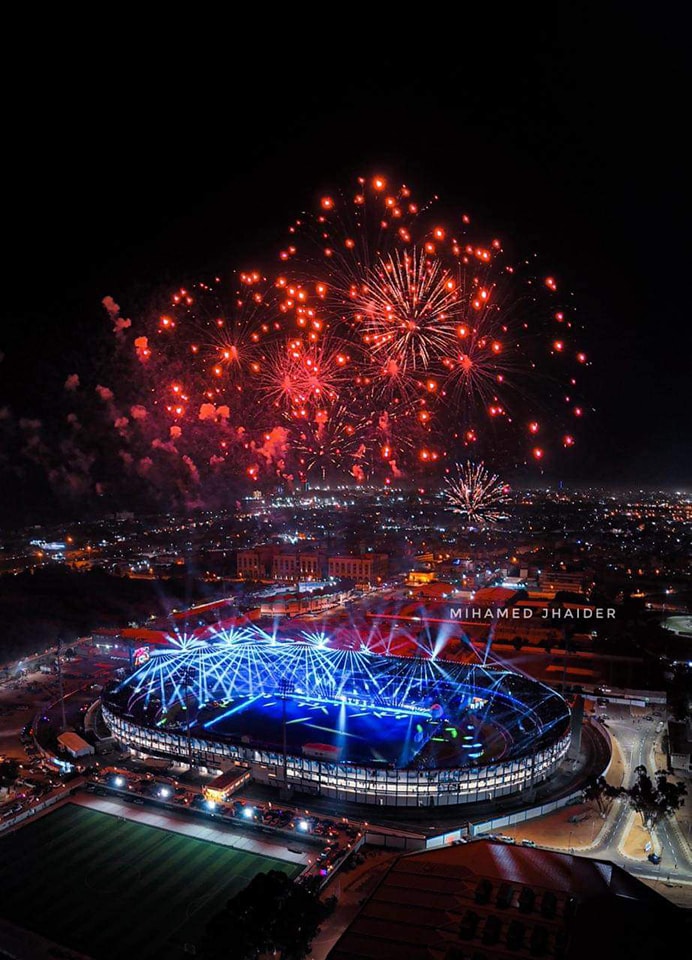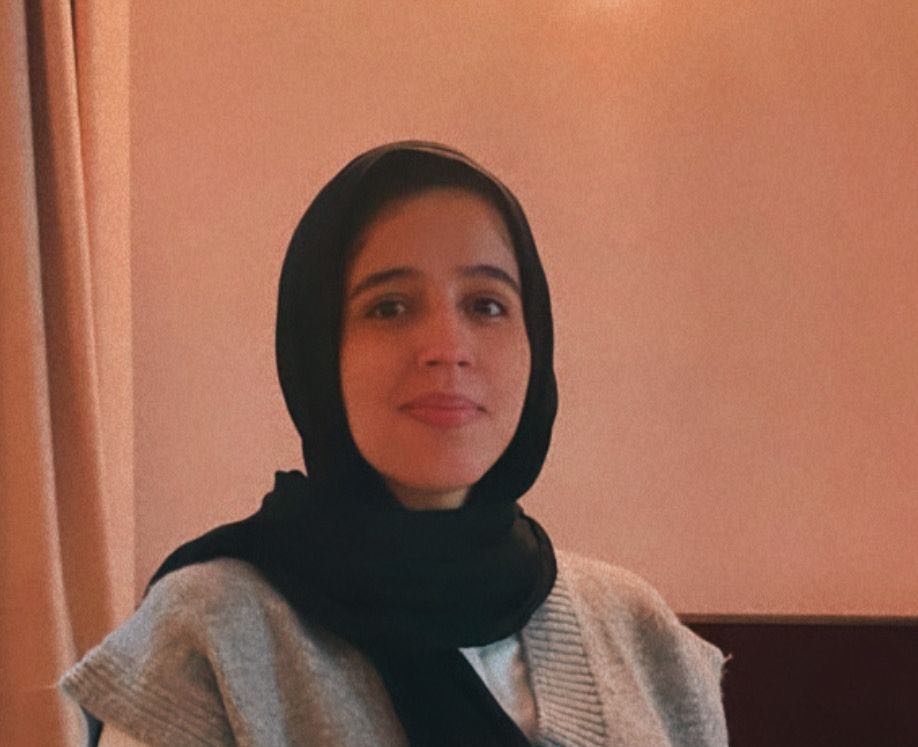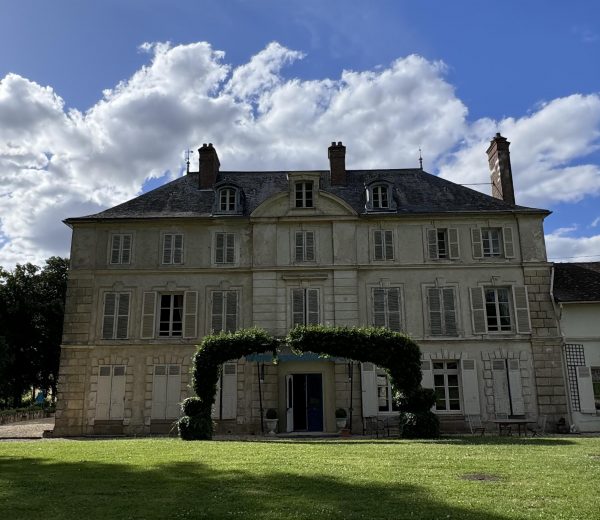
Last night, Libya celebrated the reopening of Tripoli’s International Football Stadium, after two years of absence due to maintenance work. The ”Return of Life” campagin marked by the Government of National Unity (GNU). Many Libyan news sources reported that tickets for the stadium’s reopening match were sold out with 40,000 tickets. The match was between leading football players in Libya and from across Africa against AC Milan. The capacity of the stadium covers about 50,000 people and it is considered the biggest in Libya.
A stadium has its importance in Libya as it was first constructed during the Kingdom era in 1967. It witnessed the biggest and most wonderful victories of Libyan football throughout history since 1970. Unforetunately, it closed its doors to international competitions after the ban imposed on Libya’s stadiums since June 2013. The last official international match at the stadium was between Libya’s national team against Togo. In that game, Libya won two goals to zero.



At the level of African club championships, the stadium witnessed the first qualification and victory for Libya against Egypt in 1972. The stadium has hosted the largest international tournaments. Most notably the African Nations Championship (CAN), the African Cup, and World Cup qualifiers. It also hosted the 2002 Italian Super Cup match between Juventus and Parma. In addition to hosting important games, the former FIFA President, Joao Havelange, visited the stadium, and other football legends including the Brazilian football legend Pele, and Argentine legend Diego Maradona.
This stadium was also a host to the successful African participations of all clubs. For example, in 1984, the Al-Ahly team in Tripoli has achieved a historical milestone by qualifying for the final of the African Cup Winners’ Cup for the first time in their history. In addition to the successful participation of Al-Ittihad in 2007 and 2010, and reaching the semi-finals in the African club championships.
The reopening ceremony exceeded expectations regarding the well-preparation and organization with care for every detail. It was heartwarming to see the diverse Libyan community come together and celebrate their unique cultural heritage through various performances and exhibits.









